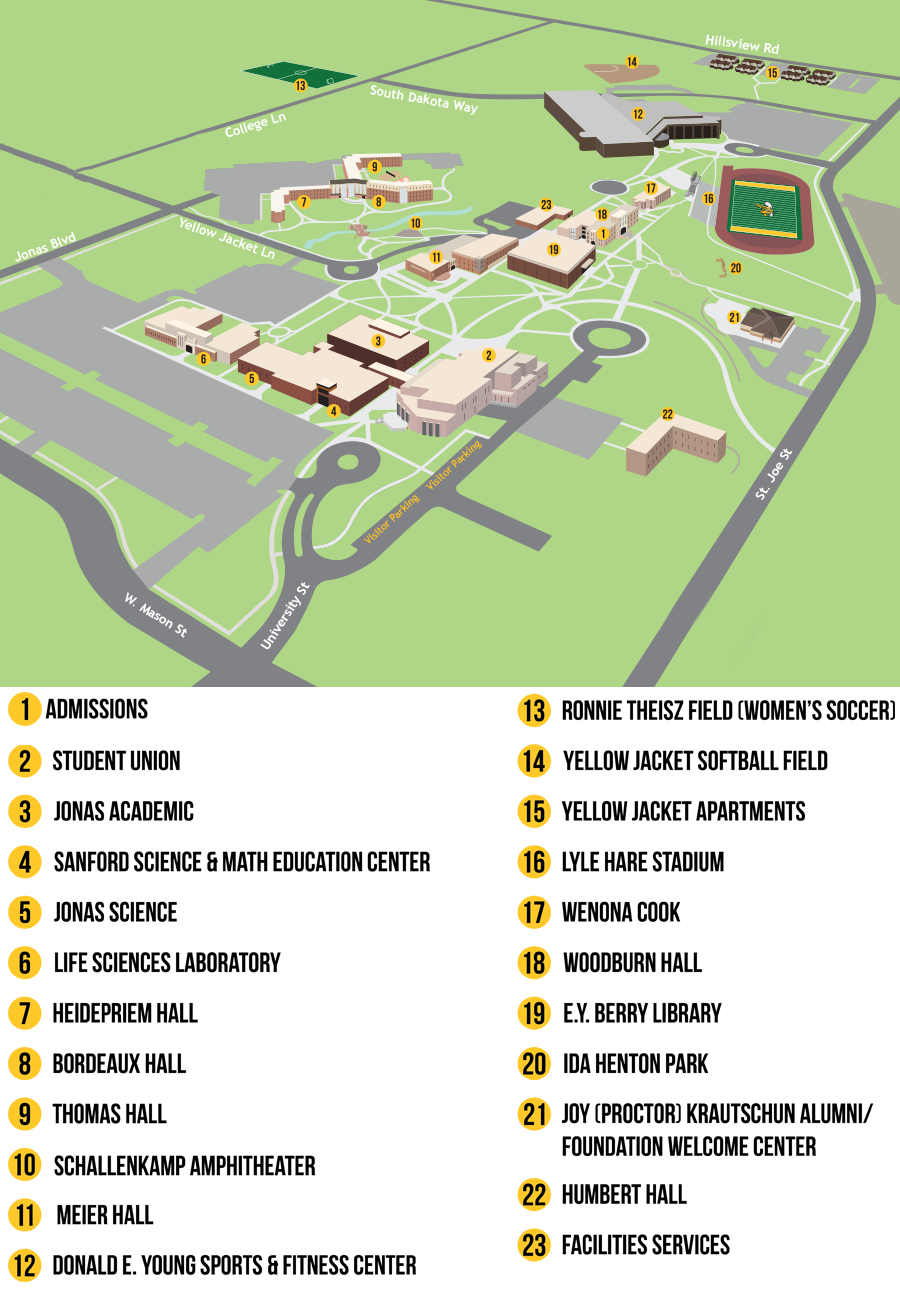Leading a faculty-led program (FLP) contributes to advancing BHSU's commitment to fostering student development and global awareness, while giving you the chance to internationalize your classroom, research and networks. The Office of International Relations serves as your point of contact and support in developing and delivering these programs. Below, you will find helpful resources and step-by-step instructions to start the process of developing your FLP. We look forward to working with you!
** Video courtesy of Truman State University as posted on Youtube.com**
Advantage of Faculty Led Programs Transcript
Are you ready to Buzz Abroad with BHSU students? Follow these steps!

STEP 1: Read the FLP Faculty Handbook.

STEP 2: Attend an FLP Development Workshop.
- Fall Workshop: TBD in mid-October; check back for details or watch the e-Campus Updates for date, time and location.
- Spring Workshop: TBD in late February/early March; check back for details or watch the e-Campus Update for date, time and location.

STEP 3: Schedule time to discuss your initial ideas and to create a development plan with the International Relations at international@bhsu.edu

STEP 4: Complete the FLP Proposal and submit via email to international@bhsu.edu according to the deadlines below.
- Summer or fall/winter break programs: June 1 of the year prior to the program departure
- Spring programs: of the year prior to the program departure

STEP 5: Recruit students!
Once your program is fully approved, you will need to focus on recruiting students. The Office of International Relations will assist you in this effort by developing and distributing marketing materials and helping you identify and execute outreach efforts, which may include:
- Offering info sessions
- Visiting classrooms and student group/org meetings
- Tabling in the Student Union
- Using social media
- Working with other BOR institutions or other networks to expand pool of prospective students
Welcome international students to your classes and offices
- BHSU is home to more than 40 international students representing about 20 countries, many of whom have traveled thousands of miles to be part of the BHSU community.
- International students lend to the rich diversity we enjoy at BHSU and they are very interested in making new friends, learning about U.S. culture, and sharing their culture.
- Feeling welcome on campus is an important element of success for all students.
Introductions
- Understanding and pronouncing the names of people to whom you have just been introduced can be challenging, especially if a student is meeting multiple people at one time.
- Listen carefully when meeting new international students for the first time, and then repeat their name back to them to make sure you heard it correctly.
- If you are unclear on the pronunciation of the student’s name, ask them to write it down.
- Be aware that social norms differ between cultures—some students may not be comfortable making eye contact or shaking hands during an initial introduction.
Speak slowly—be patient
- It may take an international student longer to express thoughts or to ask questions based on their home cultural values or if English is not their native language.
- Encourage and allow students to finish sharing their thoughts/questions/concerns without interruption.
Providing instructions or directions
- Assignments—ask the student to recap the directions for assignments. Follow up with questions to confirm understanding
- Directions—use campus maps and other graphic images to help convey your message. Ask the student to recap the directions
- Divide information into “manageable chunks” to avoid information overload
- Repetition is key; Speak slowly, repeat often
- Avoid slang, jargon, idioms, and explain acronyms
- Use flowcharts, diagrams to explain steps
- Explain in different ways for different learning styles. Ex: Verbally, via technology, using whiteboard, etc.
- Support verbal info with written
- Use direct/specific feedback; link to words on a website or document
- Don’t negotiate; explain, be positive
More Useful Tips and Resources:
Find lots of faculty resources provided by other institutions HERE!
Contact Info
International@bhsu.edu
Woodburn 115 Map
Phone: 605.642.6942
Fax: 605.642.6254
International Relations & Global Engagement
Black Hills State University
1200 University St.
Spearfish, SD, USA 57799


Spearfish
1200 University Street
Spearfish, SD
57799-9502
Phone: 605.642.6131
Fax: 605.642.6254
Admissions@BHSU.edu
Rapid City
4300 Cheyenne Blvd
Box Elder, SD
57719-7700
Phone: 605.718.4112
Questions?PrivacyTitle IX
Terms of UseEmail LoginEmail Password Reset
Copyright © 2024 · Black Hills State University